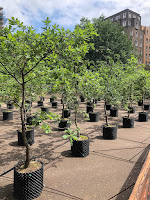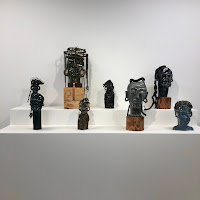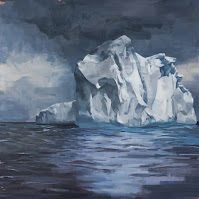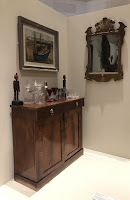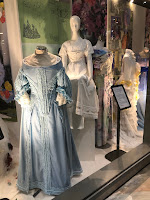Recent Arrivals: New Paintings at the National Gallery

Good online lecture from the National Gallery looking at three new portraits bought by or on loan to the gallery. Christine Bradstreet introduced us to the three works. Portrait of a Girl by Isaack Luttichuys from about 1650, shown here, joins the other earlier Dutch portraits in the collection. It is a lighter palette to them and shows a young girl in rich, fashionable clothes of the era. Bradstreet got us to look carefully at the image and think about what the picture was trying to tell us. Dr Ferdinand Mainzer by Lovis Corinth from 1899 has been acquired jointly with the Barber Institute and it is currently on show there until 2024. She used it to tell the interesting stories of both the artist and the sitter. The latter, having been part of the Berlin avant gard, was a member of an anti-Nazi group who smuggled Jews out of the country. In his turn he too was smuggled to England. Finally we looked at a Gwen John self-portrait from around 1900 which is on loan from the National

